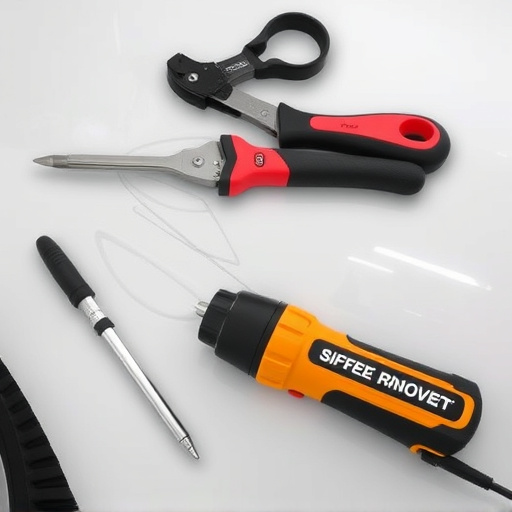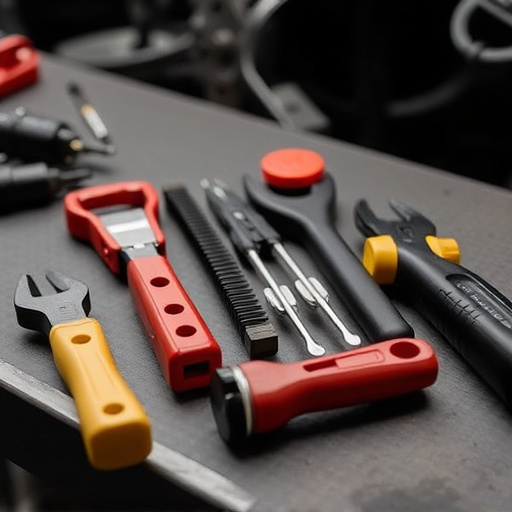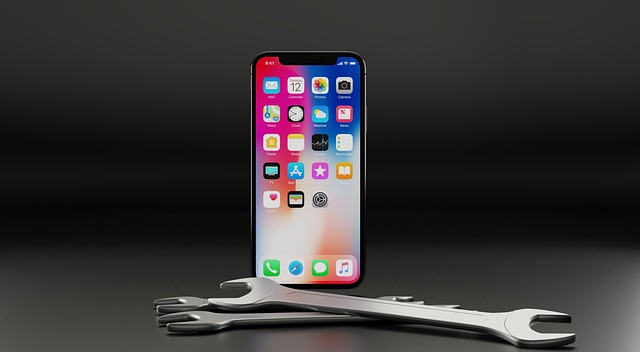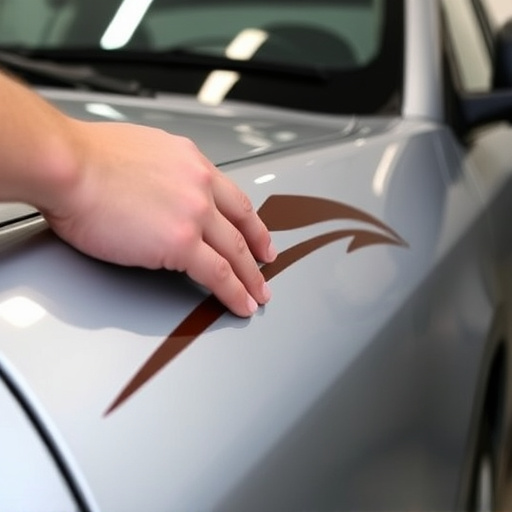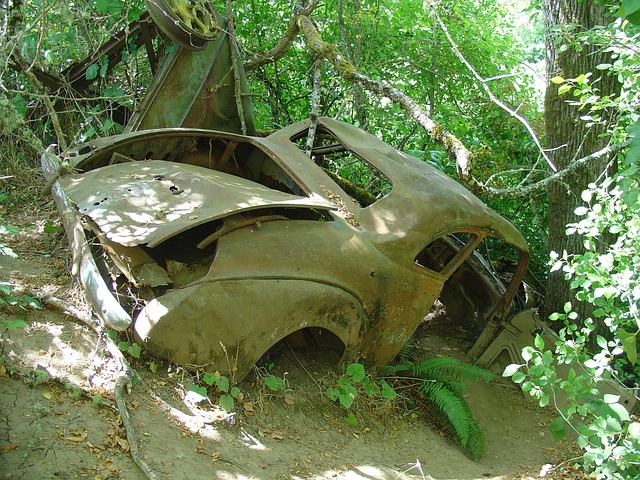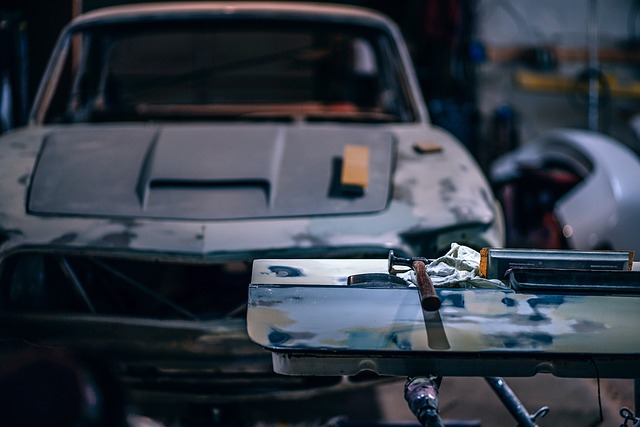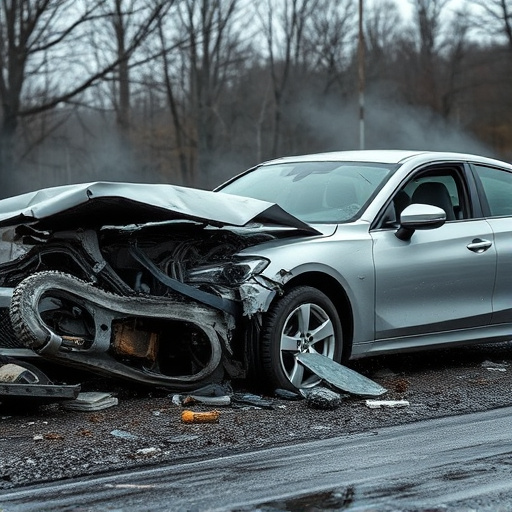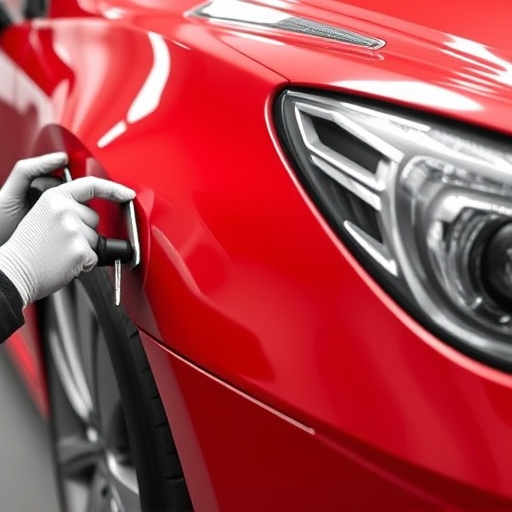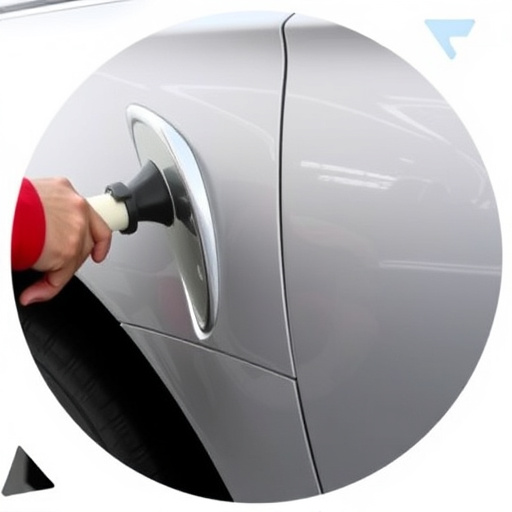The collision claim process is a multi-step procedure ensuring efficient vehicle repairs after accidents. Drivers report accidents to insurance, which assigns adjusters to assess damage and gather details. Adjusters provide repair estimates, including auto dent repair options, and approval is sought from trusted shops. Effective communication among policyholders, insurers, law enforcement, and body shops expedites the process, allowing for swift car dent repair and a faster return to the road, reducing costs and inaccessibility.
Managing a collision claim efficiently is crucial to minimize disruption and financial loss. This article guides you through the intricacies of the collision claim process, highlighting key steps to streamline and expedite resolution. From understanding the fundamental aspects, such as defining a collision claim and identifying stakeholders, to leveraging digital tools and negotiating settlements, these 10 tips offer practical strategies for navigating the often complex process more effectively. By following these insights, individuals can navigate collision claims with greater ease and speed.
- Understanding the Collision Claim Process
- – Defining a collision claim and its impact
- – Key stakeholders involved in the process
Understanding the Collision Claim Process

The collision claim process can be complex and confusing for many drivers, but understanding each step is crucial for a smoother experience. It begins with reporting the accident to your insurance provider, who will assign an adjuster to assess the damage. This initial phase involves gathering essential details like vehicle information, contact data from other parties involved, and taking pictures of the scene and damages. The adjuster will then provide you with a estimate for repairs, which could include auto dent repair or even paintless dent repair if applicable.
From there, approval is needed for the chosen repair methods. Many drivers opt to take their vehicles to trusted auto repair shops for evaluation. Effective communication between insurance companies, repair facilities, and policyholders is key to expediting the process. Keeping records of all communications, invoices, and updates ensures that everyone involved stays on track, leading to a quicker resolution and return to the road.
– Defining a collision claim and its impact

A collision claim refers to the process of filing an insurance claim following a vehicular accident. It involves assessing damage to vehicles, determining liability, and facilitating repairs or replacements. The impact of a collision claim extends beyond the immediate financial implications; it significantly affects the efficiency of vehicle restoration and can even influence future insurance rates. When handled promptly, a well-managed collision claim process can lead to effective car dent repair and efficient body shop services, ensuring that drivers return to the road safely and efficiently.
Delays in filing or navigating the collision claim process can exacerbate issues, leading to prolonged periods of vehicle inaccessibility and increased costs for both owners and insurance providers. Understanding the intricacies of this process is crucial, as it enables stakeholders to streamline operations, enhance customer satisfaction, and promote faster vehicle restoration—ultimately contributing to a smoother transition back to everyday life after an accident.
– Key stakeholders involved in the process

The collision claim process involves several key stakeholders who play crucial roles in ensuring a swift and efficient resolution. These include the policyholder (the driver involved in the accident), insurance companies, law enforcement officers, and auto body shops. The policyholder initiates the process by reporting the incident to their insurer, providing details such as the date, time, location, and circumstances of the collision. Insurance companies then allocate a claim number and assign adjusters to assess the damage, verify facts, and negotiate settlements with the policyholder or other insurers if necessary.
Law enforcement officers are responsible for responding to the scene, documenting the incident, and facilitating traffic control. Their reports provide valuable information about the accident’s cause and details of the vehicles involved. Auto body shops enter the picture when repairs are required. They conduct assessments, offer estimates for car body restoration or car body repair, and communicate with insurers regarding the progress and cost of the work. Effective communication among these stakeholders is vital to streamline the collision claim process and minimize delays.
Managing the collision claim process efficiently is essential for minimizing disruption and maximizing compensation. By understanding the key components and engaging proactively with stakeholders, individuals can navigate this often complex landscape with greater ease. These 10 tips serve as a practical guide to expedite the collision claim process, ensuring a smoother experience during an otherwise challenging time.
